Buy/Drive/Burn: Japanese Trucks From 1972

Buy/Drive/Burn doesn’t talk trucks very often, but today’s an exception. Today’s trio are from the very inception of Japanese compact truck offerings in North America. They mostly rusted away long ago, but perhaps you remember them fondly.
Right now, it’s 1972. Let’s go.
Mazda B1600
Mazda’s B-series truck (sometimes called Proceed) was in its second generation for the long span between 1965 and 1977. It greeted U.S. customers for the first time in 1972, when the B1600 joined a handful of small passenger cars at Mazda dealers. Equipped for its first year with a 1.6-liter inline-four, the B1600 made 95 horsepower. In 1974 Mazda confused Americans by adding the Rotary Pickup to its range, a move which made no sense then or today. The B1600 was succeeded by the larger engine of the B1800 for 1975 in the United States. Mazda offered Canadians the B1800 starting in 1970.
Toyota Hilux
In 1972, Toyota was still selling the first-generation Hilux in North America. Those first Hiluxes were developed and manufactured by Hino. Entering production in spring of 1968, the model was introduced to America for 1969. Bed sizes were limited to the short-wheelbase version for the first few years, with the long-wheelbase added for ’72. Engines gradually increased in power as Toyota realized what American consumers wanted. The initial 1.9-liter four was replaced in 1970 by a 1.9L with overhead cams. For 1972 this engine was swapped for the 2.0-liter 18R, which made 109 horsepower. 1973 brought the second generation Hilux, which was immediately redesigned in 1975 to be larger and more like what Americans desired. Then it changed its name to Truck.
Datsun 521
Datsun beat Toyota and Mazda to market with a compact truck, marketing its 520 in America in 1968. The original 520 entered production in 1965 for the ’66 model year before being upgraded to the 521 in 1969. The revised version had a flattened hood, fenders, and a new grille. Fender emblems indicated the engine size, ultimately resulting in the Datsun 1600 for 1971 and 1972. It carried a 1.6-liter inline-four of 96 horsepower. 521 was replaced for the 1973 model year by the 620.
Three pickups with little power and little rust resistance. Which one was worth a Buy in 1972?
[Images: Toyota, Nissan Heritage Collection, Mazda]

Interested in lots of cars and their various historical contexts. Started writing articles for TTAC in late 2016, when my first posts were QOTDs. From there I started a few new series like Rare Rides, Buy/Drive/Burn, Abandoned History, and most recently Rare Rides Icons. Operating from a home base in Cincinnati, Ohio, a relative auto journalist dead zone. Many of my articles are prompted by something I'll see on social media that sparks my interest and causes me to research. Finding articles and information from the early days of the internet and beyond that covers the little details lost to time: trim packages, color and wheel choices, interior fabrics. Beyond those, I'm fascinated by automotive industry experiments, both failures and successes. Lately I've taken an interest in AI, and generating "what if" type images for car models long dead. Reincarnating a modern Toyota Paseo, Lincoln Mark IX, or Isuzu Trooper through a text prompt is fun. Fun to post them on Twitter too, and watch people overreact. To that end, the social media I use most is Twitter, @CoreyLewis86. I also contribute pieces for Forbes Wheels and Forbes Home.
More by Corey Lewis
Latest Car Reviews
Read moreLatest Product Reviews
Read moreRecent Comments
- Kjhkjlhkjhkljh kljhjkhjklhkjh A prelude is a bad idea. There is already Acura with all the weird sport trims. This will not make back it's R&D money.
- Analoggrotto I don't see a red car here, how blazing stupid are you people?
- Redapple2 Love the wheels
- Redapple2 Good luck to them. They used to make great cars. 510. 240Z, Sentra SE-R. Maxima. Frontier.
- Joe65688619 Under Ghosn they went through the same short-term bottom-line thinking that GM did in the 80s/90s, and they have not recovered say, to their heyday in the 50s and 60s in terms of market share and innovation. Poor design decisions (a CVT in their front-wheel drive "4-Door Sports Car", model overlap in a poorly performing segment (they never needed the Altima AND the Maxima...what they needed was one vehicle with different drivetrain, including hybrid, to compete with the Accord/Camry, and decontenting their vehicles: My 2012 QX56 (I know, not a Nissan, but the same holds for the Armada) had power rear windows in the cargo area that could vent, a glass hatch on the back door that could be opened separate from the whole liftgate (in such a tall vehicle, kinda essential if you have it in a garage and want to load the trunk without having to open the garage door to make room for the lift gate), a nice driver's side folding armrest, and a few other quality-of-life details absent from my 2018 QX80. In a competitive market this attention to detai is can be the differentiator that sell cars. Now they are caught in the middle of the market, competing more with Hyundai and Kia and selling discounted vehicles near the same price points, but losing money on them. They invested also invested a lot in niche platforms. The Leaf was one of the first full EVs, but never really evolved. They misjudged the market - luxury EVs are selling, small budget models not so much. Variable compression engines offering little in terms of real-world power or tech, let a lot of complexity that is leading to higher failure rates. Aside from the Z and GT-R (low volume models), not much forced induction (whether your a fan or not, look at what Honda did with the CR-V and Acura RDX - same chassis, slap a turbo on it, make it nicer inside, and now you can sell it as a semi-premium brand with higher markup). That said, I do believe they retain the technical and engineering capability to do far better. About time management realized they need to make smarter investments and understand their markets better.





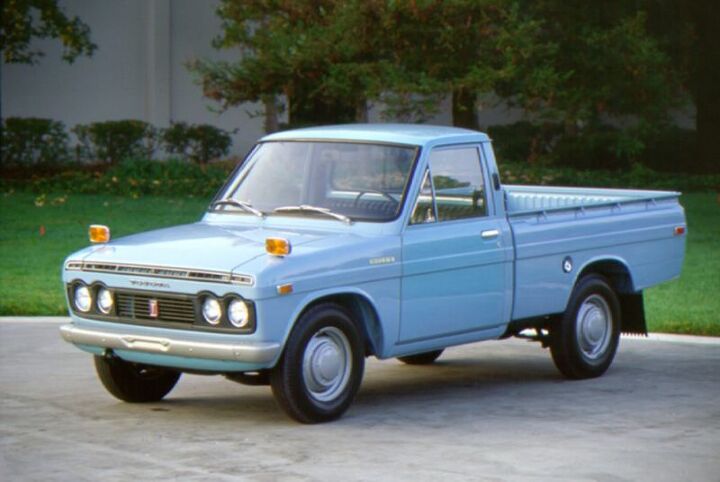
















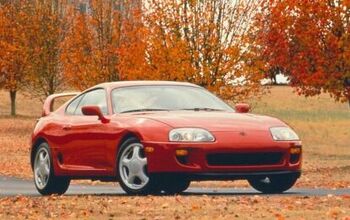
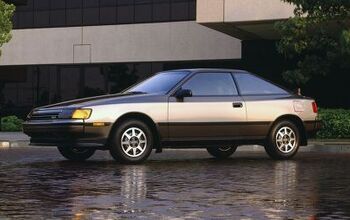
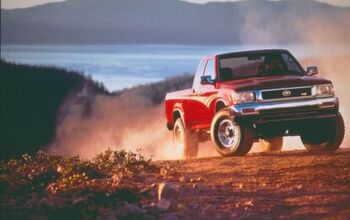
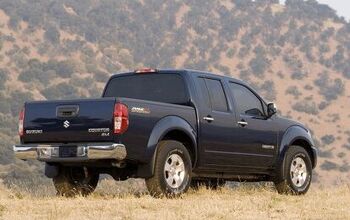
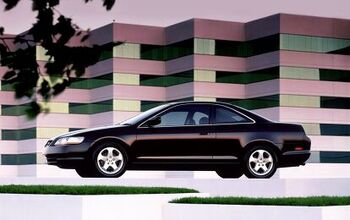










Comments
Join the conversation
miserable little S#!+boxes...all of em'
Buy! I bought a 16 year old Nissan 720 for $400 out of college in 2000, when I had about $600 to my name. The truck had 185k miles on it when I purchased it, and the lady I bought it from said she wouldn't drive it outside of town due to the high mileage. The thing leaked oil, but I sold it to a gardener 3 years later with 30k more miles on the odometer for $400. It was a perfect flat broke and fresh out of college car, even if it did need a new alternator a year before I sold it. I've long wished we still had a few compact pickups on the market that drive like shit, accelerate like a sloth, cost little, and run forever. Selfishly, it would be great to have a cheap motorcycle mover. Selflessly, it would be nice to have cheap transportation for the many that need it.